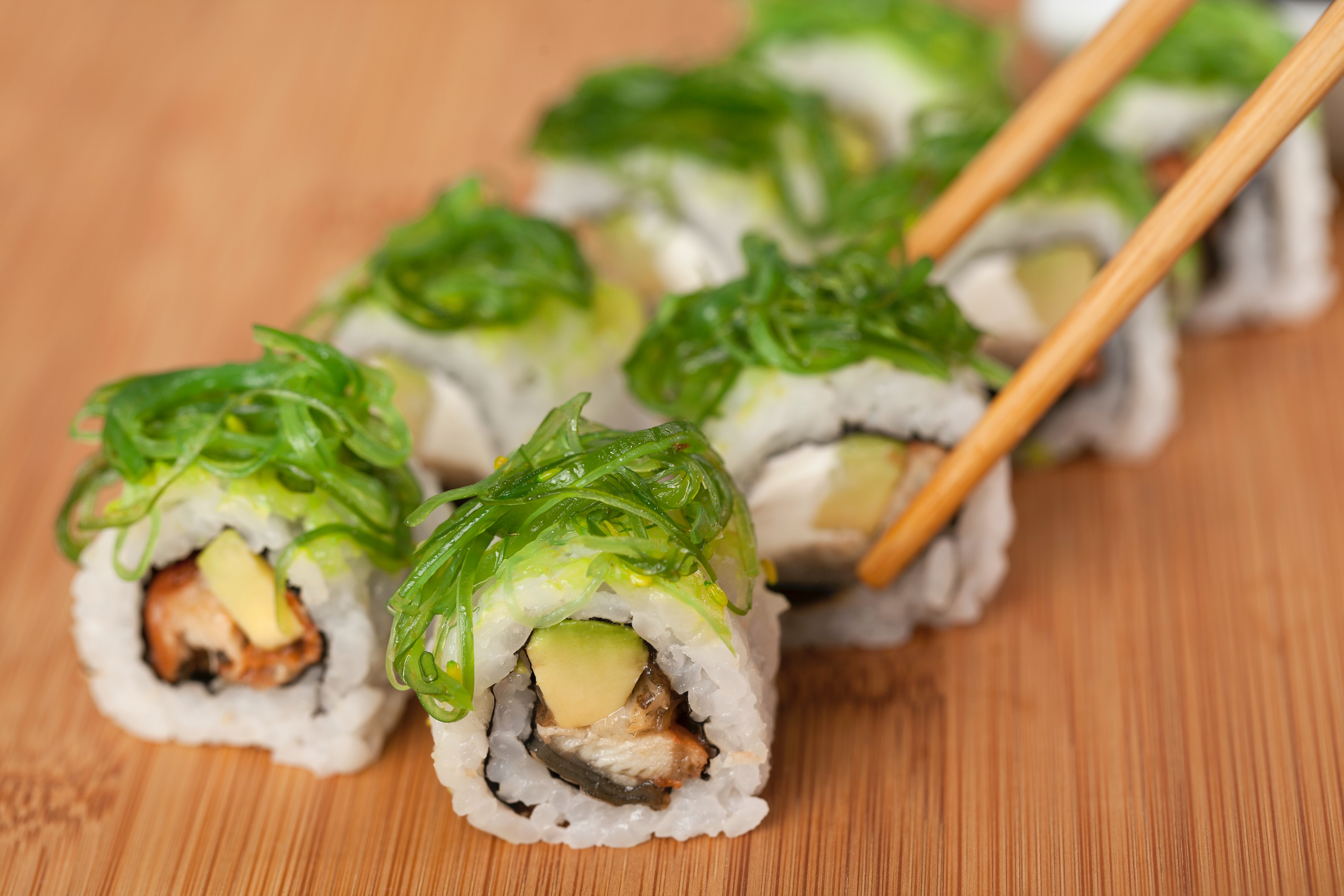Media release
From:
Anthropology: Seaweed may have kelped feed ancient Europeans *IMAGE*
Seaweed and aquatic plants may have been an important food source in ancient Europe, at least up to the Middle Ages, a Nature Communications paper suggests. The findings are based on chemical analyses of ancient human dental calculus and improve our understanding of European diets throughout the Neolithic and Early Middle Ages.
While seaweed is eaten today, particularly in Asia, archaeological evidence of seaweed and freshwater aquatic plant consumption in Europe is limited. Farming and land ownership spread throughout Europe during the Neolithic period, with marine-sourced foods thought to have become marginal or abandoned altogether. Previously, it was suggested that seaweed was used as fuel, animal feed, food wrapping, and fertilizer.
Stephen Buckley, Karen Hardy, and colleagues examine dental calculus stuck to the teeth of ancient human remains from across Europe from the Mesolithic through the Neolithic and early farming and into the Middle Ages — ranging from Scotland, to Sweden, Estonia and Spain. They linked chemical indicators found within dental calculus with specific sources of marine and aquatic plant foods. The authors suggest that aquatic and marine plant foods were consumed regularly across Europe up until the Late Middle Ages.
The findings highlight the potential for marine and aquatic plants to be used as local and sustainable food sources — both during the Neolithic and Early Middle Ages, and today — the authors suggest.



 International
International



